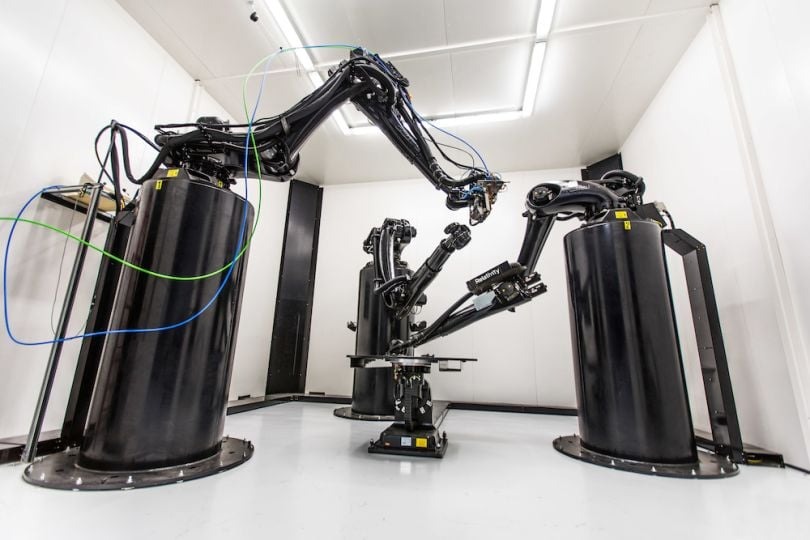3D printing, also known as additive manufacturing, has come a long way since its inception in the 1980s. What started as a novel technology with limited applications has evolved into a transformative force across various industries. In this article, we will explore the innovations that have shaped 3D printing and delve into the exciting future applications that hold the promise of revolutionizing manufacturing, healthcare, aerospace, and more.
The Evolution of 3D Printing
Rapid Prototyping
Initially, 3D printing found its niche in rapid prototyping. It allowed engineers and designers to create physical prototypes quickly and cost-effectively, speeding up the product development process. This innovation alone had a profound impact on industries ranging from automotive to consumer electronics.
Materials Diversity
Over the years, the range of materials used in 3D printing has expanded significantly. Initially, it was limited to plastics, but now it includes metals, ceramics, composites, and even bioinks for bioprinting applications. This material diversity has opened doors to new applications and improved the quality of printed objects.
Current State of 3D Printing
Customization and Personalization
One of the standout features of 3D printing is the ability to customize and personalize products. This has found applications in fields like healthcare, where patient-specific implants and prosthetics can be created with precision.
Sustainable Manufacturing
3D printing offers sustainability benefits by reducing material waste in the manufacturing process. It enables the production of complex geometries that would be impossible or prohibitively expensive using traditional methods.
Mass Customization
The concept of mass customization, where products are tailored to individual customer preferences at scale, is gaining traction with 3D printing. Companies are exploring ways to offer customizable fashion, footwear, and consumer goods.
Future Applications of 3D Printing
Healthcare Breakthroughs
The healthcare industry is poised to see some of the most significant advancements with 3D printing. Bioprinting is on the horizon, with the potential to create functional human organs for transplantation and personalized pharmaceuticals.
Aerospace Innovation
Aerospace companies are increasingly turning to 3D printing for lightweight, high-strength components. This technology reduces weight and production costs while improving fuel efficiency and performance.
Construction and Architecture
3D printing is making inroads in construction and architecture, where entire buildings and structures can be 3D-printed. This promises faster construction times and innovative architectural designs.
Food and Culinary Arts
The food industry is experimenting with 3D printing to create intricate and artistic dishes. Customized nutrition and personalized food products are becoming a reality.
Challenges and Future Developments
Quality Assurance
As 3D printing expands into critical applications like healthcare and aerospace, ensuring quality and consistency becomes paramount. Developing rigorous quality assurance standards is an ongoing challenge.
Regulatory Hurdles
Regulations surrounding 3D printing in various industries are still evolving. Establishing clear regulatory frameworks will be essential to ensure safety and reliability.
Intellectual Property
The digital nature of 3D printing raises concerns about intellectual property rights. Protecting designs and preventing unauthorized copying will be a significant issue to address.
Conclusion
3D printing has grown from a novel concept into a technology with profound implications for multiple industries. Its ability to customize, reduce waste, and create complex structures is driving innovation in fields as diverse as healthcare, aerospace, and construction. However, as 3D printing continues to evolve and expand its applications, addressing quality assurance, regulatory challenges, and intellectual property concerns will be essential to harness its full potential. The future of 3D printing is bright, promising groundbreaking developments that will shape our world in remarkable ways. As this technology continues to advance, it is poised to revolutionize the way we manufacture, build, and create.
